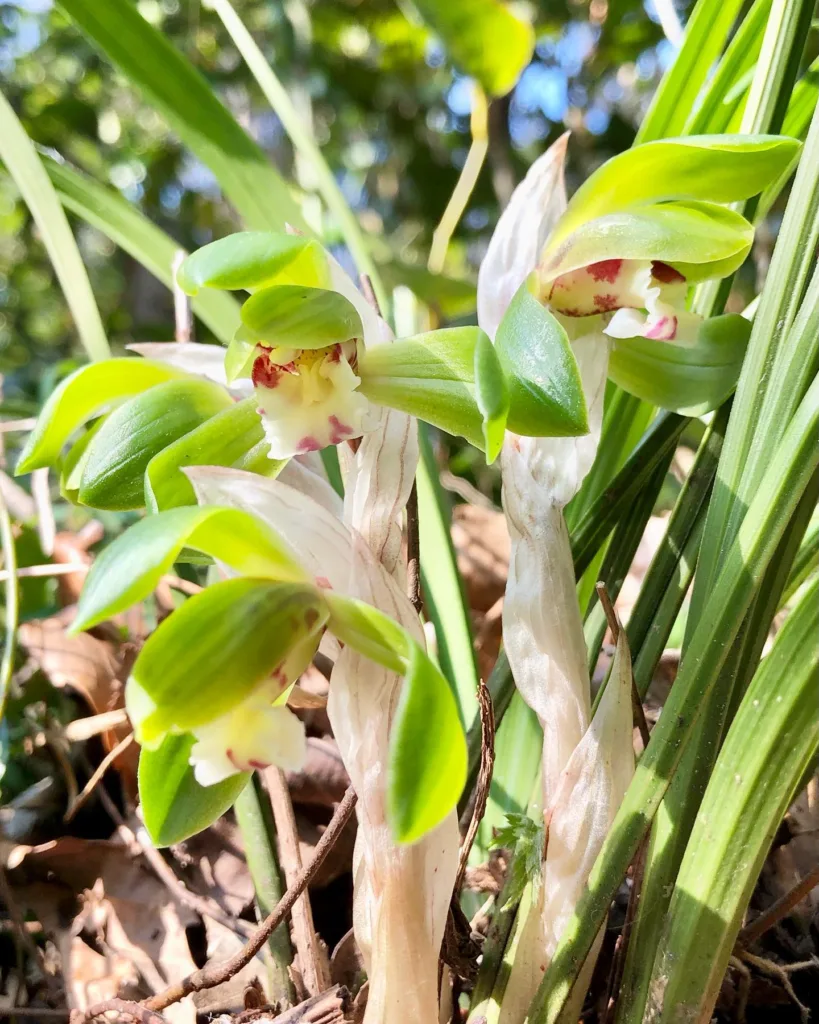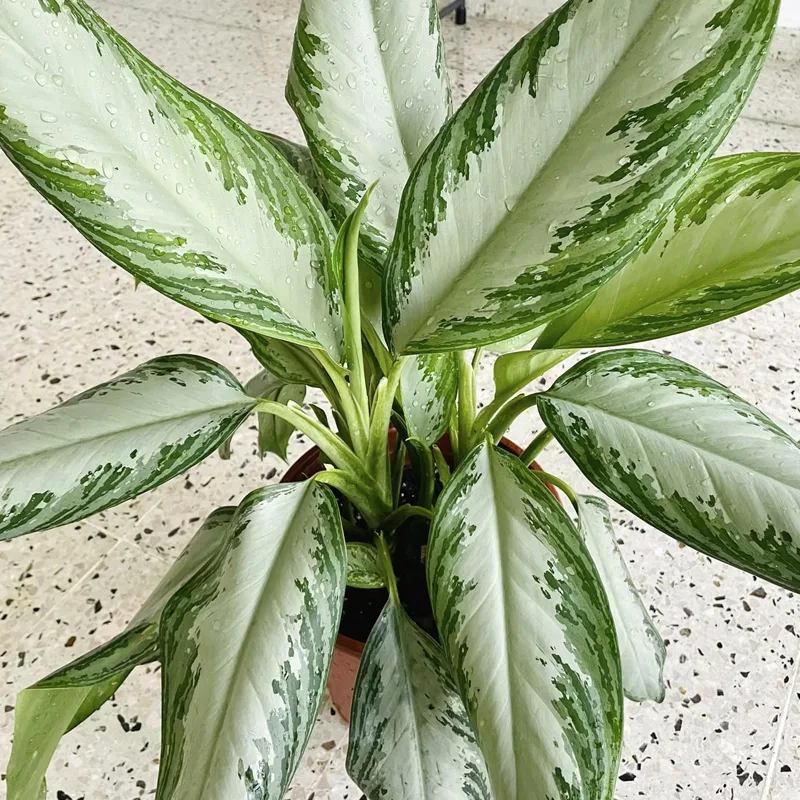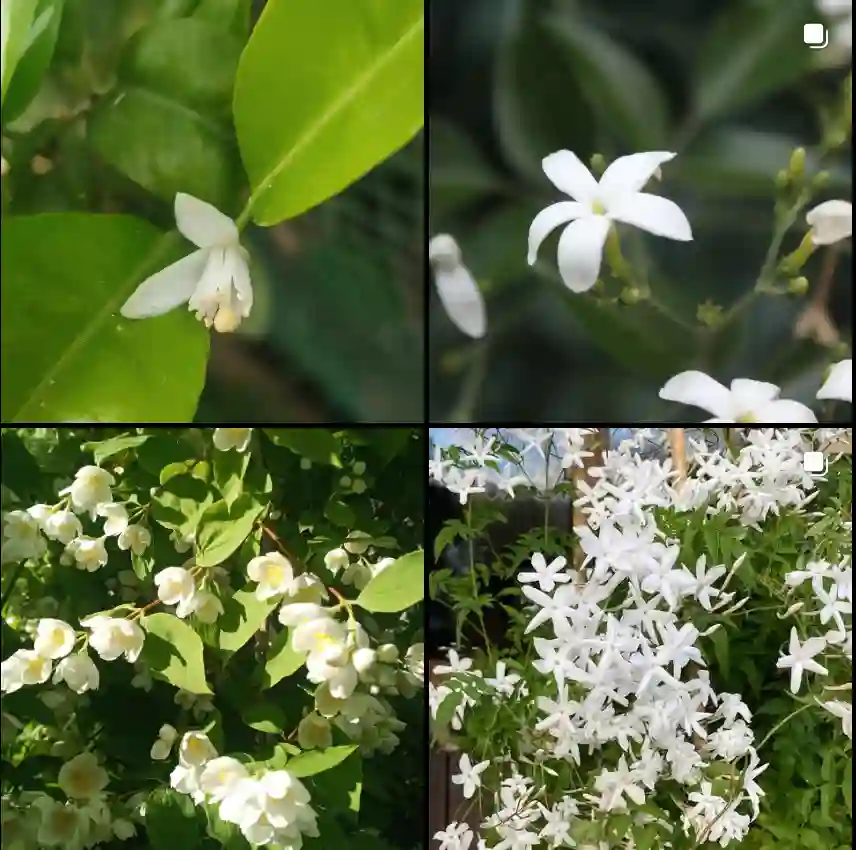Abelmoschus: More Than Just Okra
I’ve always been fascinated by the diversity of the plant world. The sheer variety of forms, colors, and uses never ceases to amaze me. Recently, I’ve become particularly interested in the genus Abelmoschus, a group of plants belonging to the Malvaceae family. While most people might only be familiar with one member, the okra, there’s a whole world of fascinating species within this genus just waiting to be explored.
A Deep Dive into Abelmoschus
The name Abelmoschus originates from the Arabic “abul-mosk,” meaning “father of musk.” This refers to the musky fragrance produced by the seeds of some species, particularly Abelmoschus moschatus, also known as ambrette or musk mallow. These seeds are used in perfumes, cosmetics, and even as a flavoring in traditional medicine.
This genus boasts around 13 species of flowering plants native to tropical Africa, Asia, and northern Australia. They’re typically annual or perennial herbs, sometimes growing up to two meters tall. What unites them are their beautiful hibiscus-like flowers, often with a prominent staminal column in the center.
Beyond the Okra: Exploring the Species
While okra (Abelmoschus esculentus) is undoubtedly the most famous member of the genus, cultivated for its edible seed pods, there are:
- Abelmoschus angulosus: A perennial herb native to Southeast Asia, notable for its deeply lobed leaves and small, yellow flowers with dark centers.
- Abelmoschus × caillei: Known as West African okra, this hybrid species is commonly cultivated in West Africa for its edible, fibrous pods.
- Abelmoschus crinitus: Distinguished by its hairy stems and lobed leaves, this species is native to South Asia and often grows in moist, shaded areas.
- Abelmoschus enbeepeegearensis: A rare species found in southern India, it is characterized by its striking yellow flowers and limited distribution.
- Abelmoschus esculentus: Widely known as okra, this species is cultivated globally for its edible green pods and is a staple in many cuisines.
- Abelmoschus ficulneus: Native to Australia and Asia, it features small white flowers with a pink center and has limited culinary use compared to other species.
- Abelmoschus hostilis: This lesser-known species is identified by its hairy foliage and pale flowers, typically found in certain regions of India.
- Abelmoschus manihot: Also known as edible hibiscus, this species is valued for both its ornamental flowers and edible leaves. Plant FAQs: Abelmoschus Manihot
- Abelmoschus moschatus: Known as musk mallow, it is cultivated for its fragrant seeds, used in perfumes, and for its edible leaves and seeds.
- Abelmoschus muliensis: A rare species found in China, this plant features large leaves and is primarily known within botanic collections.
- Abelmoschus odishae: Recently discovered in India, this species is notable for its unique flower structure and limited natural range.
- Abelmoschus palianus: A rare, tall species with large, ornamental flowers, found in Myanmar and parts of Thailand.
- Abelmoschus rhodopetalus: Native to China, this species is easily recognized by its distinctive red petals and limited distribution in the wild.
The Importance of Abelmoschus
Beyond their ornamental value and culinary uses, Abelmoschus species have played a significant role in traditional medicine. Various parts of these plants, including the leaves, roots, and seeds, have been used to treat a range of ailments, from digestive issues to skin infections. Modern research is now exploring the potential pharmacological properties of these plants, investigating their antioxidant, anti-inflammatory, and even anticancer activities.
Conservation Concerns
Despite their importance, some Abelmoschus species face threats due to habitat loss and over-exploitation. It’s crucial to raise awareness about the conservation of these valuable plants and ensure their sustainable use for future generations.
My Continued Fascination
As I continue to delve deeper into the world of Abelmoschus, I’m constantly struck by the intricate connections between plants and people. From the food we eat to the medicines we use, these plants have played a vital role in human history and continue to offer potential for the future. I believe that understanding and appreciating the diversity of the plant kingdom, including often-overlooked genera like Abelmoschus, is essential for building a sustainable and harmonious relationship with our natural world.
If i die, water my plants!



